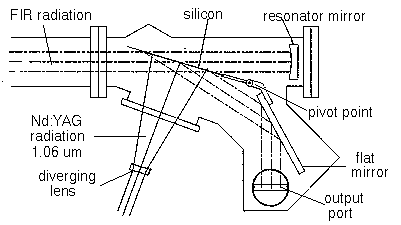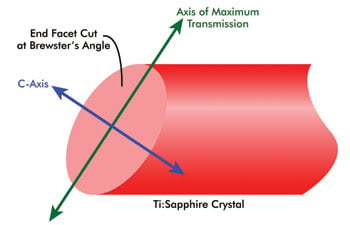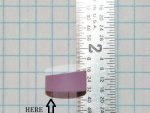There's lots of different kinds of ring lasers. All are very complex, and some have very creative construction. I have even seen some that use the crystal itself as the entire cavity, referred to as an NPRO. The crystal is shaped such that it acts like a turnaround prism of sorts and uses the internal surfaces as standing wave forming mirrors, and the forward face as both a focus and the OC and is very interesting. You can use it linearly without worrying about the curve, just use a guide laser to align it. it'll not affect much-your cavity just wont be straight physically. I'd also verify that (likely) both sides are planar. (edit: both are referenced in the article you linked)
The coherence is a measure of how far the photons can travel before having a small but significant change in frequency/wavelength. It's very important for certain applications like holography, where the wavelength cannot change too much or you can't get the required interference. Most people here wouldn't care, because they don't use it, and it wouldn't change enough to be significant to the eye as it travels, but for the sake of scientific purposes, it's a very important concept. Diodes generally have a crap beam quality, not just in terms of divergence, but also coherence. Part of why good lab lasers are so expensive. A cheap 5mW laser might be a few dollars, and a good generic, temp controlled lab laser anywhere from a few hundred to maybe a thousand or so, a good SLM would be a several thousand minimum. by eye they all would look similar, but the SLM one is far more useful in almost every way compared to the former two. you can do dozens more experiments with a coherent compass at 10mW than you can with any number of other greens.











